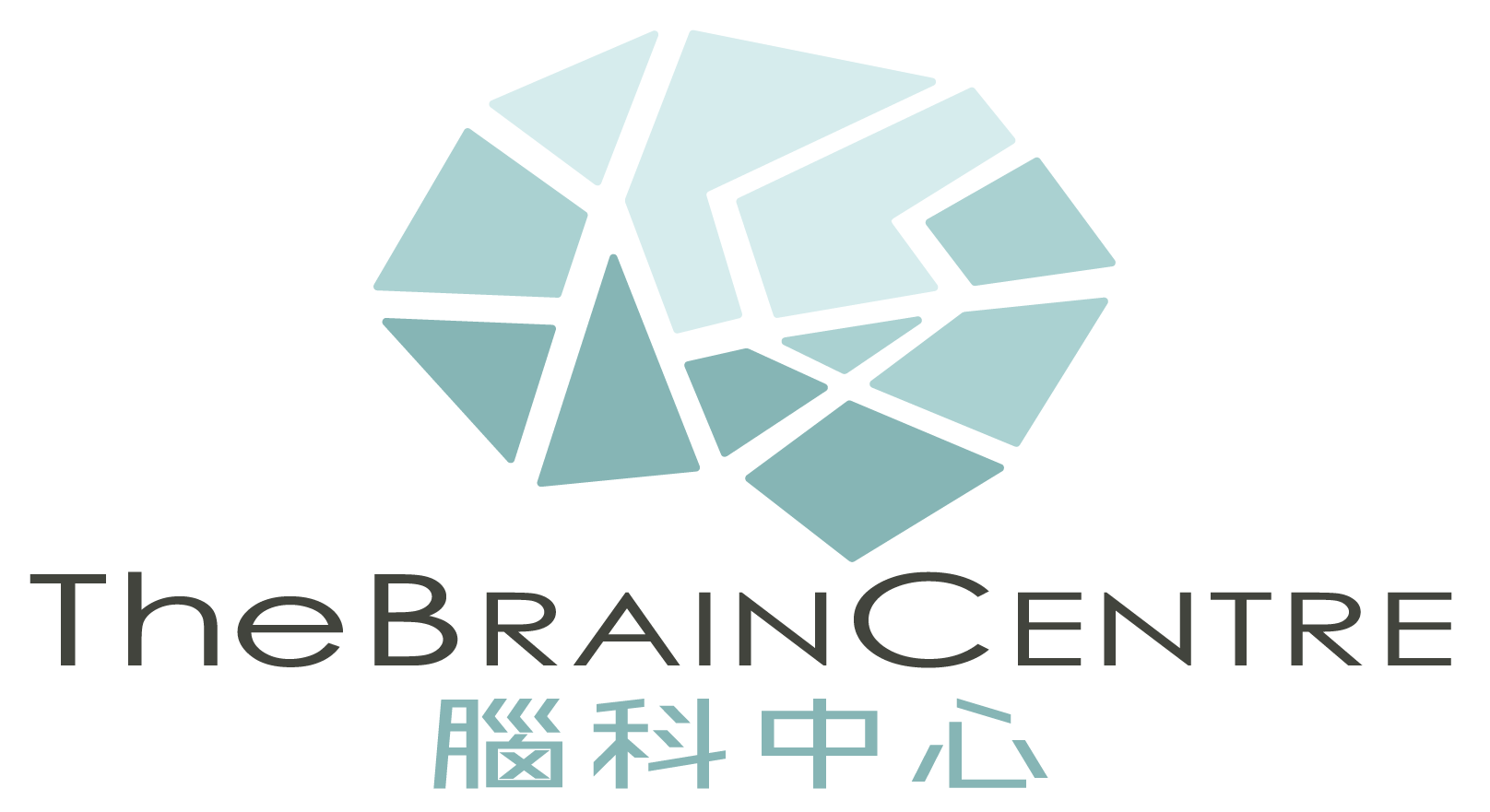Quality-of-life outcomes after gamma knife surgery for trigeminal neuralgia.
J Neurosurg. 2010;113 Suppl:191–98. DOI: 10.3171/2010.8.GKS10879.
Pan HC, Sheehan J, Huang CF, Sheu ML, Yang DY, Chiu WT.
Objective
Gamma Knife surgery (GKS) is an important part of the neurosurgical armamentarium for treatment of patients with trigeminal neuralgia (TN) and is regarded as the first-line treatment in patients with TN who have serious medical comorbidities. In this study, the authors investigated the efficacy of GKS on TN in patients with serious medical comorbidities.
Methods
Between May 2004 and September 2007, 52 severely ill patients who also had TN with Barrow Neurological Institute (BNI) facial pain scores of IV or V were entered into this study. The patients’ medical records and imaging findings were reviewed by an anesthesiologist and neurosurgeons to determine whether GKS was a reasonable approach to palliate the patient’s pain. All patients underwent GKS, in which a maximum dose of 80 Gy was targeted to the trigeminal nerve with or without plugging to keep the dose received by the brainstem at less than 16 Gy. After treatment, every patient had clinical follow-up every 1–3 months and filled out questionnaires designed to assess BNI facial pain and numbness scores, visual analog scale scores, and 36-Item Short Form Health Survey (SF- 36) scores every 3 months until the end of the study. Statistical analysis was performed to find favorable prognostic factors related to pain relief and changes
in quality of life.
Results
The median age of the patients was 71 years, and the male/female ratio was 30:22. The median follow up period was 54 months (at least 2 years). All patients had a positive initial response to GKS, with BNI facial pain scores at least 1 point less than respective pre-GKS scores. Three patients (5.7%) obtained BNI facial pain Score I. Twenty-three patients (44.2%) experienced pain recurrence at a median follow-up of 33 months. One patient suffered from angina and required time in an intensive care unit; another patient had bleeding from a pin wound that required suturing. Alterations in BNI scores were highly correlated to visual analog scale scores (R2 = 0.978). In both univariate and multivariate analyses, a decreased BNI facial pain score at different time points was significantly (p < 0.05) related to younger patient age, no previous treatment, evidence of vessel compression on MR imaging, time of first GKS ≤ 24 months, physical function
(SF-36), role limitation due to a physical problem (SF-36), role limitation due to an emotional problem (SF-36), mental health (SF-36), social functioning (SF-36), bodily pain (SF-36), and general health (SF-36), but was not related to vitality (SF-36). Five patients (9.6%) experienced facial numbness at a mean of 13.2 ± 3.1 months after GKS (4 patients with BNI facial numbness Score II and 1 with BNI facial numbness Score III). Post-GKS MR imaging changes, including focal contrast enhancement or T2-weighted signal alterations, were identified in 3 patients (5.7%).
Conclusions
Gamma Knife surgery produced significant pain relief in severely ill patients who had TN without causing appreciable morbidity. The effect of reduced pain significantly paralleled an improvement in SF-36 quality-of-life indices.
